Self-drive travel through Botswana is a real adventure and planning a trip to our beautiful neighbour can be daunting. Our ultimate guide to Botswana is here to help. Whether you want to camp in the unfenced wilds, follow elephant herds across the Chobe or hitch a ride in a mokoro and explore the Okavango Delta, we’ve been there, done it and can help you get the t-shirt too. Plan your best-ever Botswana trip.
Ed’s note: some of these stories were published a year or two ago, so make sure to check the details before you hit the road!
Plan your ultimate trip to Botswana
1. See the best of Botswana in just 10 days
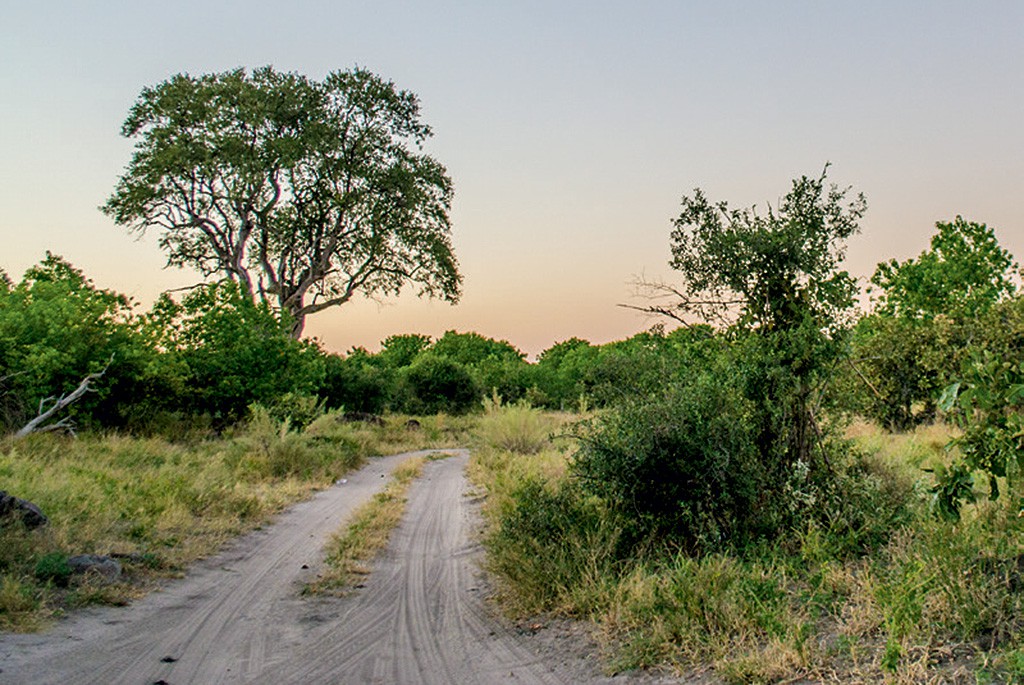
The main attraction of Savuti is the abundance of game and predators to be seen. Photo by Melanie van Zyl.
Do this 3000-kilometre trip and see the best of Botswana in 10 adventure-charged days. Churn up dust crossing the Makgadikgadi pans, dodge donkeys on the tar road in Maun, crosse rivers in Moremi, bump along deep mud-dried ruts next to the Savuti marsh and slip in sand on the tracks leading to Chobe.
Read the story: How to see the best of Botswana in 10 days
2. How to book campsites at Botswana’s national parks
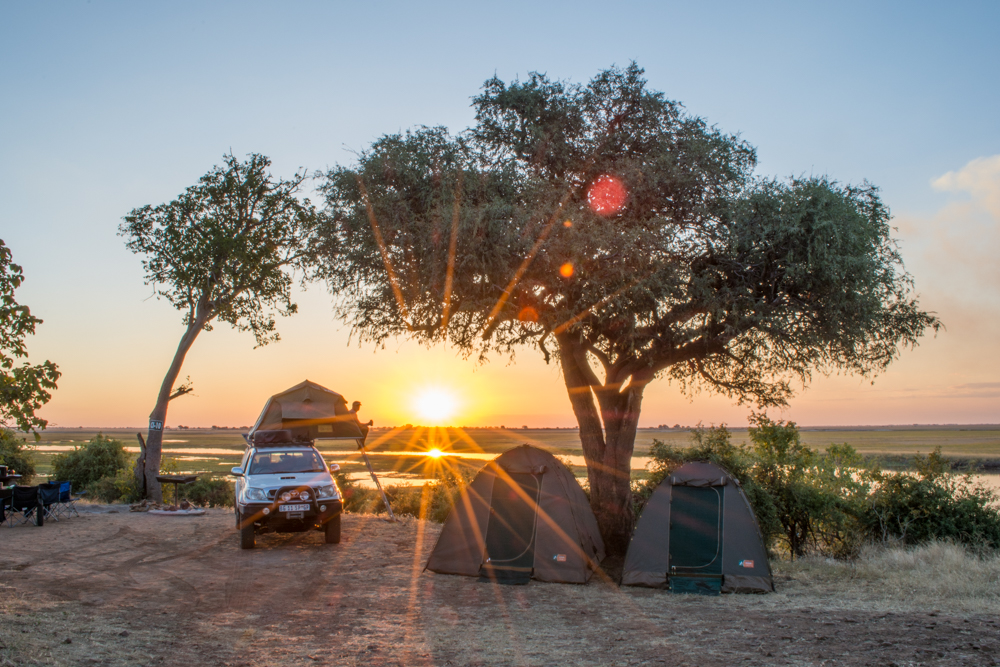
Campsite number ten had the best view of the Chobe River at Ihaha. Photo by Melanie van Zyl.
It can be tricky to book public campsites in Botswana’s national parks and reserves. Some campsites are run by private operators, some by the Botswana Department of Wildlife and National Parks (DWNP), and some parks have a combination of both so that a single visit requires some juggling between the two to get the bookings you want. If you’re planning a trip to any of Botswana’s national parks, this is what you need to know.
Read the story: How to book campsites in Botswana
3. A first-timer’s guide to the Kgalagadi
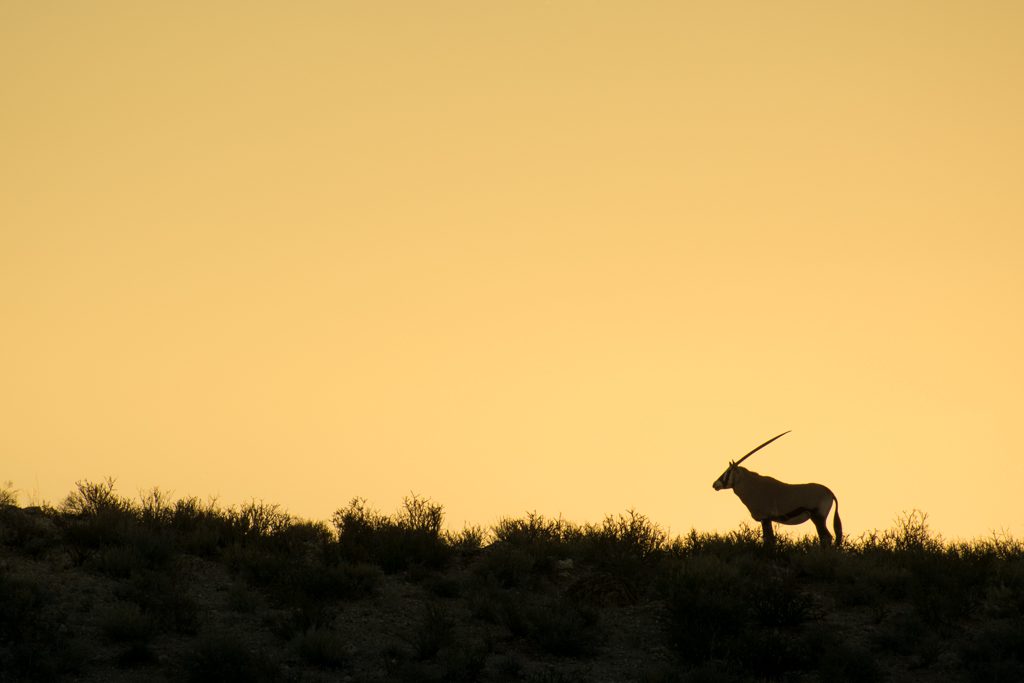
A Gemsbok stands majestically on a calcrete ridge at sunset in the Kgalagadi. Photo by Melanie van Zyl
The Kgalagadi Transfrontier Park, straddling the border between South Africa and Botswana, is a semi-desert of red dunes and star-crammed skies where African animals run wild and visitors get a wilderness ‘fix’ that’s Prozac for the soul. Once Kalahari sand gets into your shoes, legend says, you’ll be drawn back again and again.
Read the story: Everything you need to know about travelling to the Kgalagadi
4. A first-timer’s guide to Maun
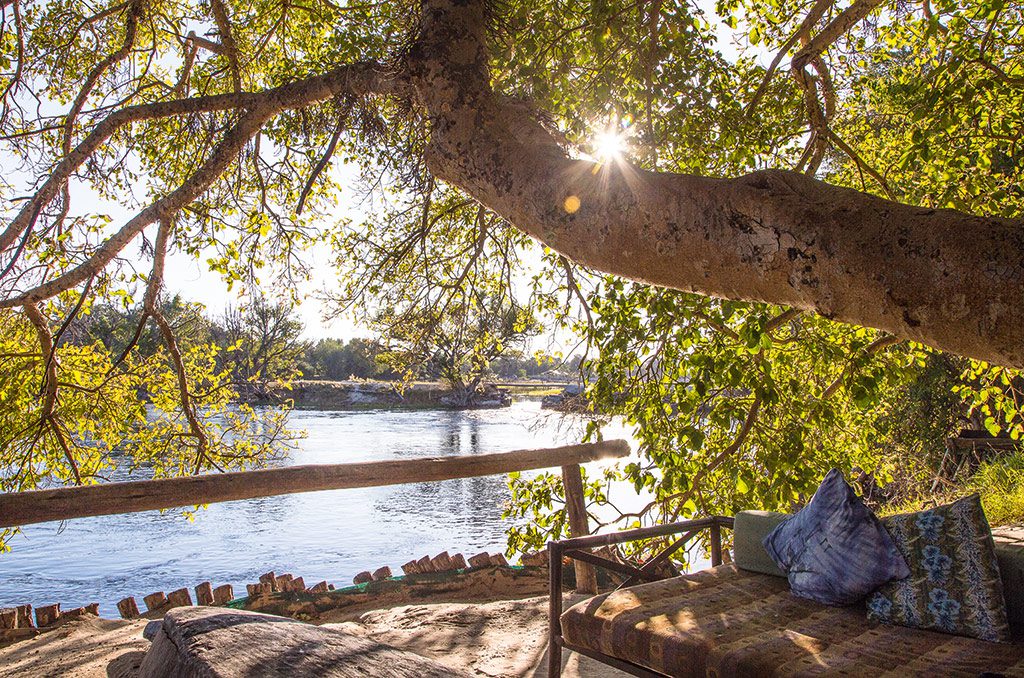
The view from Old Bridge Backpackers is quite impressive. Photo by Tyson Jopson.
Maun is nobody’s final destination in Botswana, right? Yet the locals adore it. This is why it’s worth a longer visit.
Read the story: Everything you need to know about Maun
5. How to visit Vic Falls on a budget
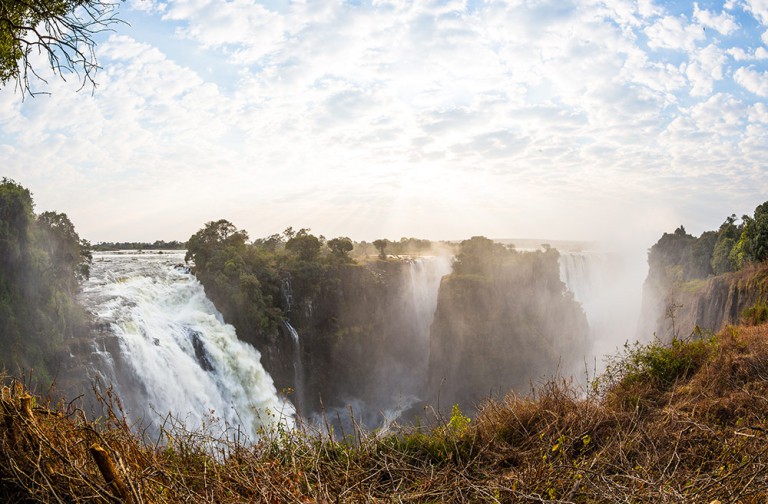
The mighty Mosi oa Tunya at sunrise. Photo by Tyson Jopson.
Yes, we know it’s not in Botswana, but Vic Falls is a short drive away from Kasane in the north and it’s worth a day trip to see this magical spectacle. Victoria Falls is arguably the biggest tourist attraction in Africa, which means that a visit always comes with a side of commercialism. We went looking for how to visit Victoria Falls on a budget – that is, avoiding the overseas prices – and discovered that it’s still possible to find a unique experience there.
Read the story: How to visit Vic Falls on a budget
Top 6 things do in Botswana
1. Skydive over the Makgadigadi Pans
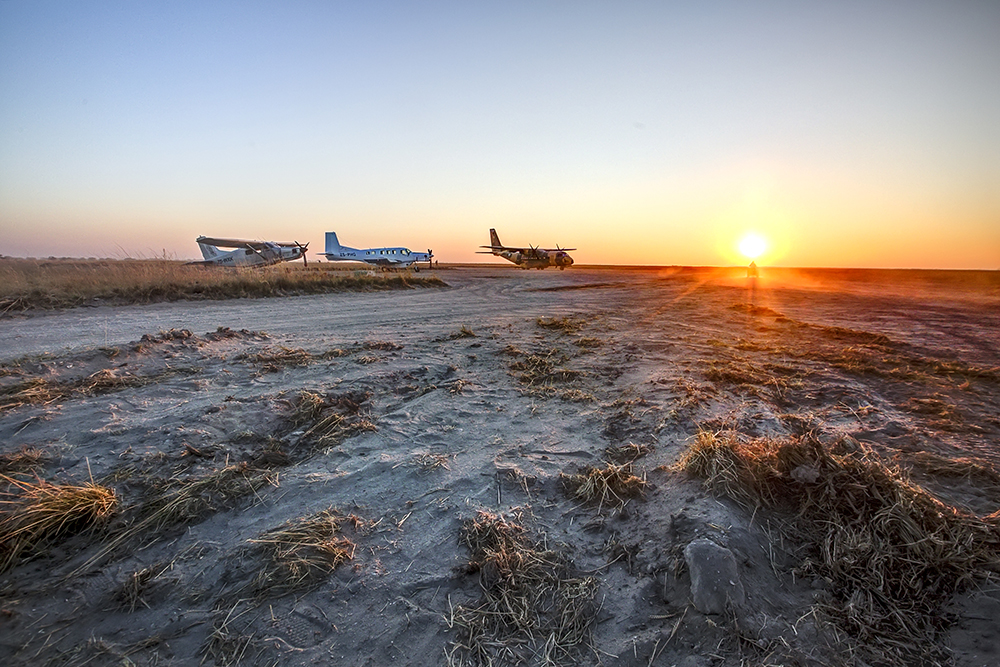
Sunrise greets the three planes, who together ferried 428 jumpers. Photo by Teagan Cunniffe.
This area is famous for its flocks of flamingoes, which migrate during the rainy months in their tens (and sometimes hundreds) of thousands. Our photo editor, Teagan Cunniffe, got the chance to see this incredible expanse from the sky on a tandem jump with Graham Field of SkyDiversity, whose wake is littered with legendary antics.
Read the story: Makgadikgadi Epic: skydiving in Botswana
2. Go tiger fishing
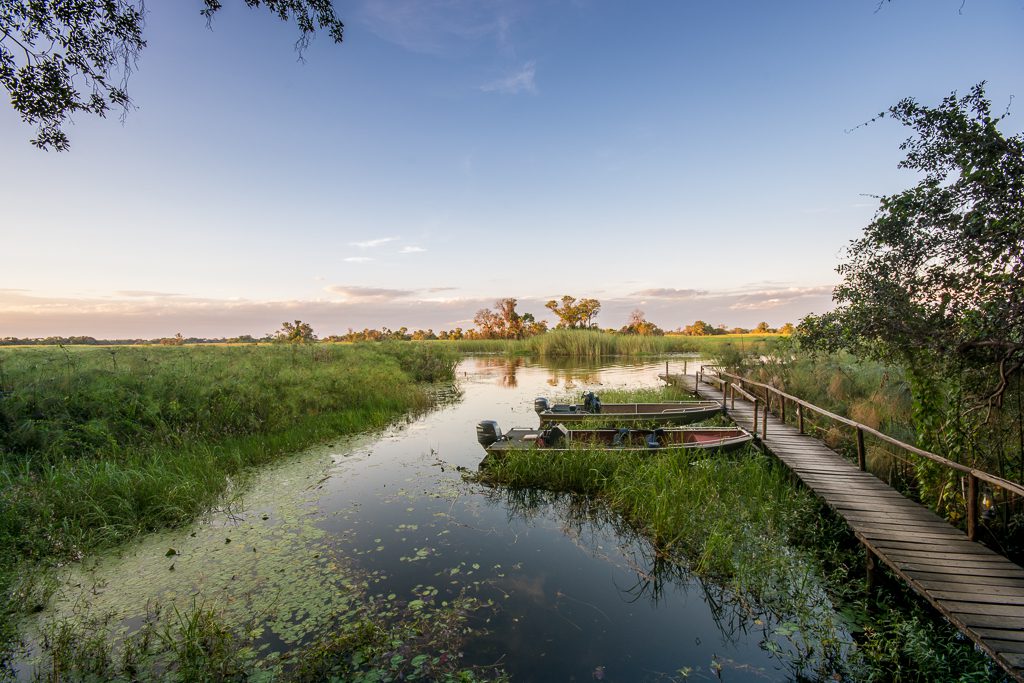
This spot is in the heart of tiger territory and you can only get here by boat – an incredible Okavango Delta island. Photo by Melanie van Zyl.
Down the spine of the Okavango Panhandle there are some prime tiger fishing spots. Some say, to catch a ‘real’ tiger you’ve got to leave South Africa and head north, where river tigers are leaner and meaner than their dam-adapted cousins down here in South Africa.
Read the story: The most heavenly places to go tiger fishing
3. Do a photo safari on the river
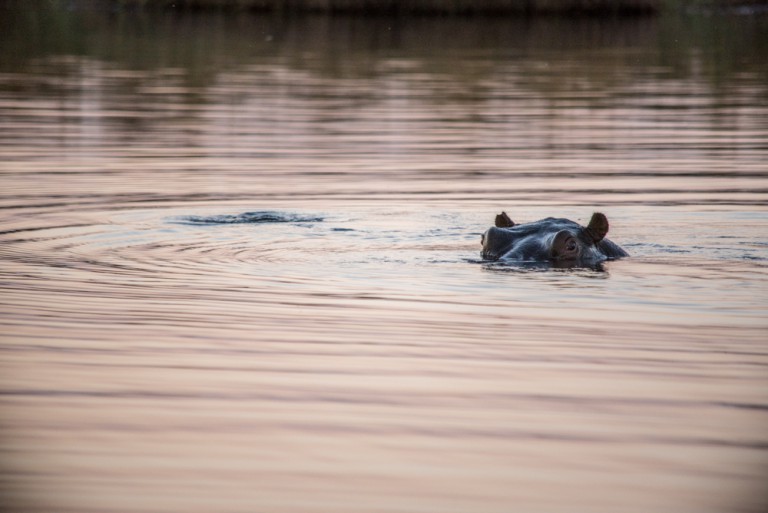
Hippos lurk in the river. Photo by Melanie van Zyl
The best way to experience the wildlife of Chobe National Park is by boat, but some boats are better than others. Especially if those boats are equipped with lekker zoom lenses and a knowledgeable guide.
Read the story: 7 reasons why going on a Pangolin Photo Boat Safari is worth every cent
4. Fly over the Okavango Delta
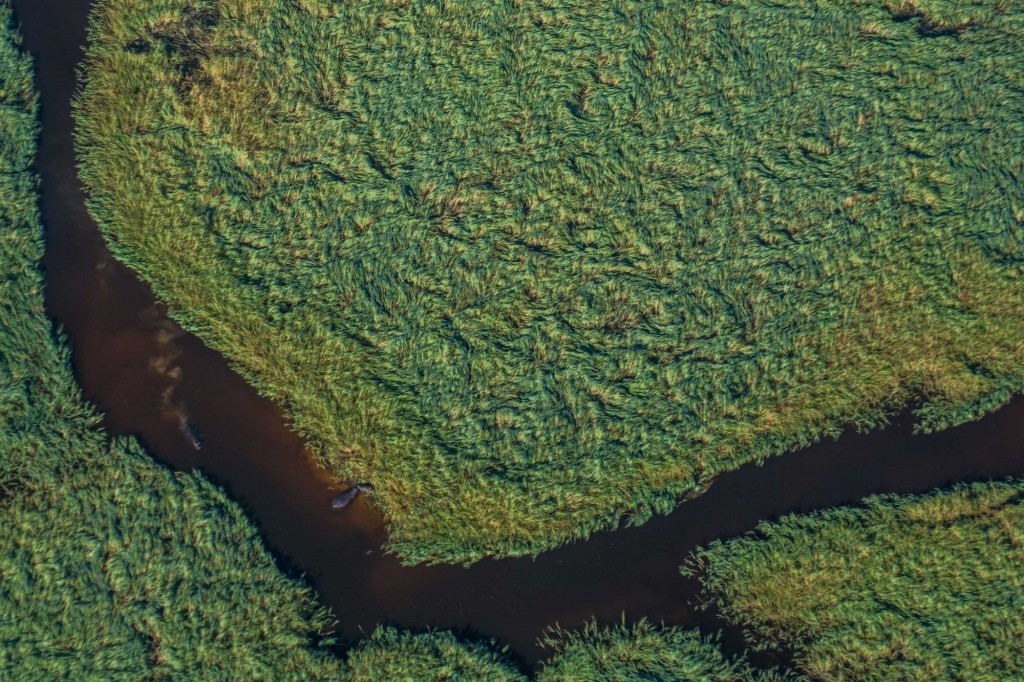
The beautiful Okavango Delta as seen from the sky. Photo by Melanie van Zyl.
Did you know that the Okavango Delta is visible from space? Yep. This huge green mass is one of Africa’s greatest wilderness areas. Sightings of enormous herds of elephant, slow-grazing giraffe, leaping lechwe, crowds of kudu and hippo wallowing in muddy river pockets are yours for the taking when you book a flight over the delta.
In photographs: flying over the Okavango Delta
5. See hoards of elephants in the Chobe National Park
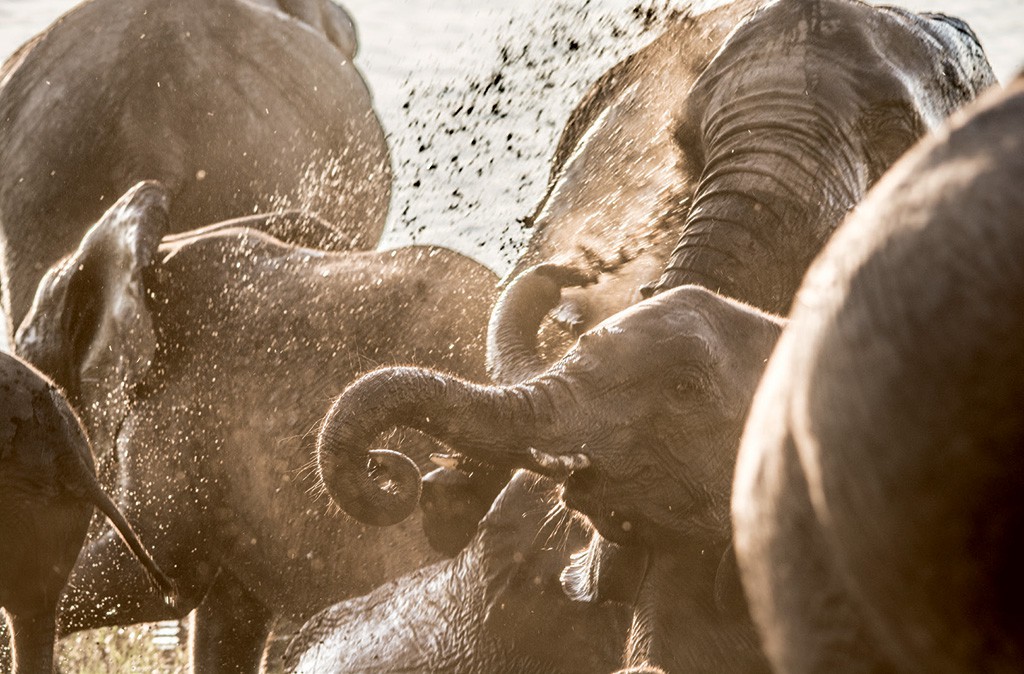
Elephants are a common sight in the Chobe National Park. Photo by Melanie van Zyl.
Throughout this region, wild animals roam freely. They wander to neighbouring Namibia and then up to Angola, Zambia and across to Zimbabwe. No fences. That’s the big charm about Botswana. Botswana has the highest elephant population in Africa – at times you’ll see more of them than you will impala.
Read the story: Walking with wise giants in the Zambezi Region
6. Listen to the roar of black-maned lion

Two brothers at Xade waterhole in Central Kalahari Game Reserve, Botswana. Photo by Ian White.
Dusk at Kaa Gate is prime time for lions, drawn to its waterhole for a pre-prowl drink. As night falls, the lions get active, roaring their presence to friend and foe alike. Kaa’s unfenced stands are usually used for late arrivals and pitching camp in the lion-filled blackness can be nerve-wracking.
Read the story: 12 desert thrills for adventure seekers
The 5 best self-drive 4X4 routes in Botswana
Download: The Ultimate Getaway BFGoodrich 4X4 Guide to Botswana
1. Kubu to Kukonje Island
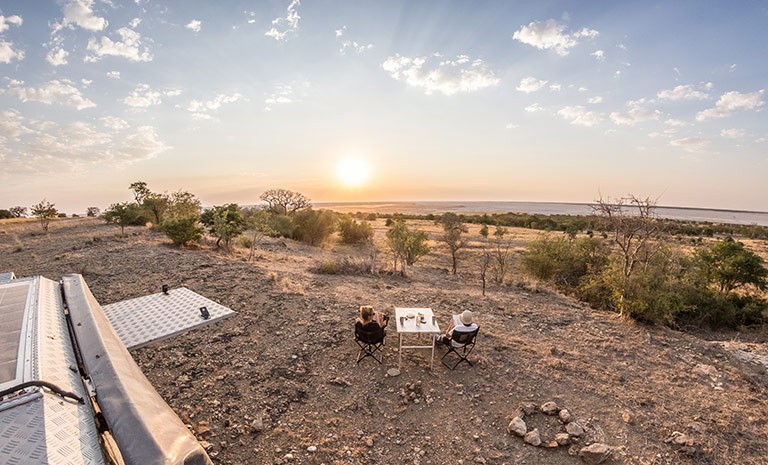
Camping on Kukonje is free and there are no formal stands or any facilities. Photo by Chris Davies.
On the eastern rim of Botswana’s Sua Pan, Kukonje Island lies half forgotten at the end of a treacherous trail. 4X4 enthusiasts steer their wagons in hoards visiting much-loved Kubu Island, but just 40 kilometres west, undeveloped Kukonje – with its equally towering baobabs – is often overlooked. Why? That daunting trail might have something to do with it.
Read the story: Secret 4X4 routes in Botswana: Kubu to Kukonje Island
2. Baines Baobabs to the Ntwetwe Pan
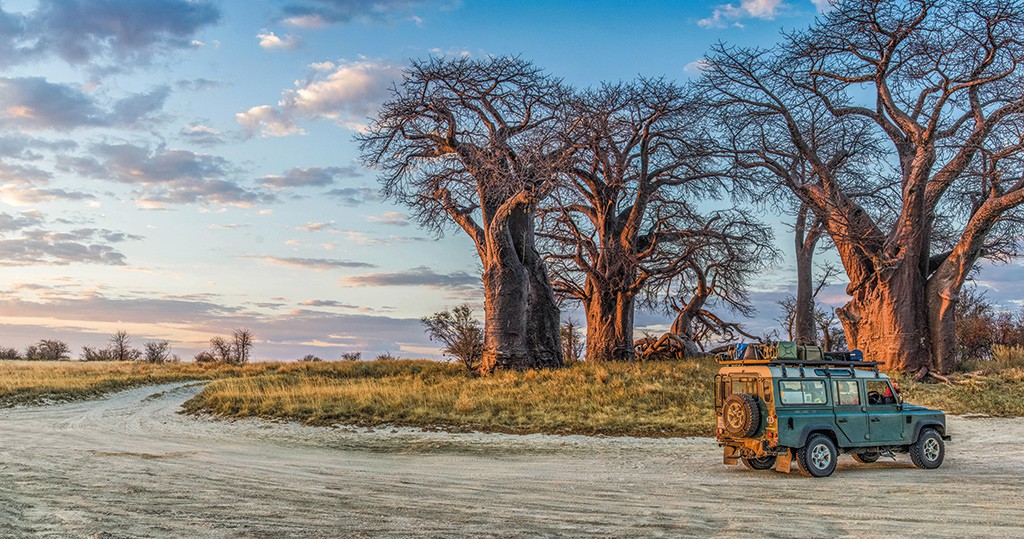
Baines’ Baobabs – a clump of iconic trees with excellent campsites dotted across the salt pan in Nxai Pan National Park. Photo by Melanie van Zyl.
An unusual route across the pans to see Botswana’s best baobabs. These remote trees sit on the fringe of the world’s largest network of salt pans and historically used as stopovers by traders, hunters and missionaries.
Read the story: An intriguing case of mowana mania
3. Maun to Khwai’s Magotho campsite
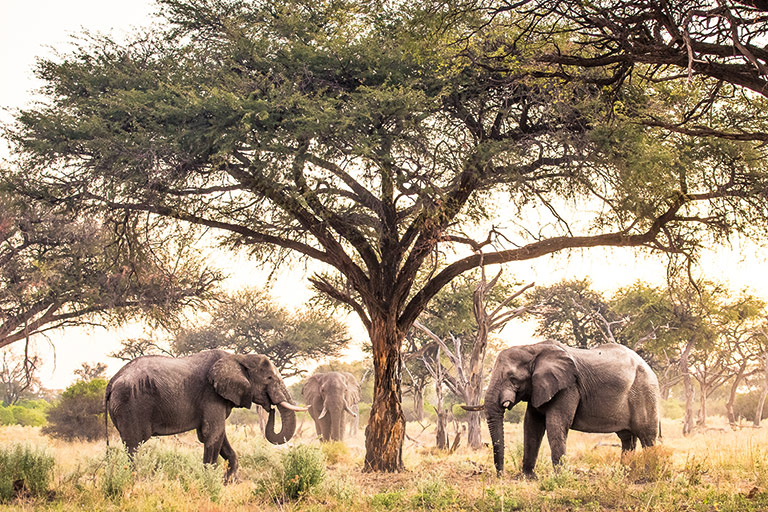
Along with great driving, there’s also a good chance of spotting antelope, elephants, hippos and even big cats at Khwai Development Trust. Photo by Tyson Jopson.
Wedged between Moremi Game Reserve and Chobe National Park is an 180000-hectare community concession known as the Khwai Development Trust. Most visitors to the two heavyweight parks on either side don’t know it’s there and those who do mainly use its transit road to get from one to the other. But here, hidden along the northern banks of the Khwai River, is a network of sandy 4X4 tracks not to be missed.
Read the story: Secret 4X4 routes in Botswana: Maun to Khwai’s Magotho campsite
4. Maun to Gcwihaba Caves
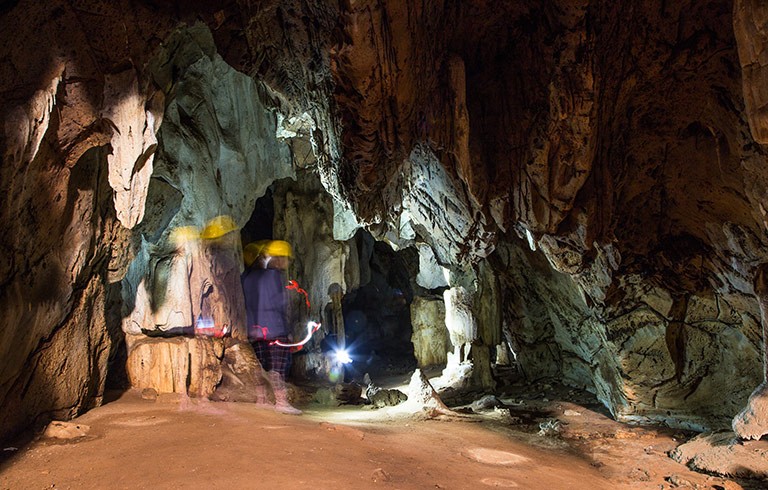
Inside the Gcwihaba Caves. Photo by Tyson Jopson.
In western Botswana, beneath the dry Kalahari landscape, is Gcwihaba Caves – an underground network of exceptional beauty and unusual assembly. From the floors of its gigantic chambers, stalagmites rise up between colossal flowstones, eerie frozen waterfalls and intricate time-forged formations. Exploring them is a challenge for the brave. The caverns are heavy with stale air, thousands of bats hang from the ceilings, and small spiders scurry between translucent webs on spongy gauno-filled floors. We found the best route to get there.
Read the story: Secret 4X4 routes in Botswana – Maun to Gcwihaba Caves
5. Kgalagadi Transfrontier Park: Mabuasehube 4X4 trail

The campsite at Mosomane pan. Photo by Chris Davies.
The Botswanan side of Kgalagadi Transfrontier Park is quiet and easy going, with only the most common sense of rules and plenty of time to sit and think and take in the views. You could do a Johannesburg-to-Kgalagadi round trip in less than five days, but it wouldn’t be much fun. Spend any extra time you have on the Botswanan side and you’ll have the place practically to yourself. It’s light on facilities and you’ll be hundreds of miles from a flush loo. Luckily, that’s what a fully kitted 4X4 vehicle is made for.
Read the story: Botswana’s magical Mabuasehube 4X4 trail
Need to know
South Africans don’t need
a visa, but you’ll need your passport. If you’re driving, you need all vehicle papers and cash to pay for road tax at the border (about R220).
Vet fences. Botswana has vet control fences, including foot-and-mouth stations and travellers are required to disinfect shoes and car wheels before continuing. Vet fence checks can be anything from a smile and a wave to a full inspection. Fresh red meat and citrus are the major concerns and may be confiscated.
Stock up with enough firewood in cities like Maun as there is none for sale in the parks.
Do not drive at night as warthog, cattle, goats and elephants roam the roads. Go during winter as many roads in summer become inaccessible due to mud, and water crossings are too high to safely navigate.
Pula is the name of the currency in Botswana (it also means ‘rain’ in Tswana). Credit cards are widely accepted, but facilities are unreliable in remote areas. ATMs run out of cash so carry enough for emergencies. Rands are often accepted near the SA border but further north it’s pula or, on the Zim border, US dollars. P1 = R1,20.
You may also like
Related Posts
Whether you’re in a two-person hiking tent eye-balling the peaks or a full caravan in...
read more
Driving the tranquil byways of the Karoo, Anton Crone avoids the overcrowded Garden Route and...
read more
There’s an old saying that reads, 'You just have to keep driving down the road....
read more